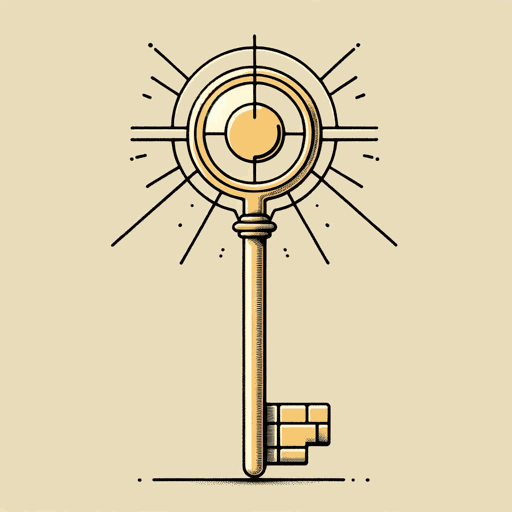45 pages • 1 hour read
Zilpha Keatley SnyderThe Egypt Game
Fiction | Novel | Middle Grade | Published in 1967A modern alternative to SparkNotes and CliffsNotes, SuperSummary offers high-quality Study Guides with detailed chapter summaries and analysis of major themes, characters, and more.
Background
Historical Context: Ancient Egypt
The youthful creators of the Egypt Game draw inspiration from ancient Egyptian mythology and culture in creating their imaginary world and its rituals. In several instances, there are actual parallels between the novel’s mythology and actual Egyptian culture. The children begin building their game world using a bust of Nefertiti. This Egyptian queen was the stepmother of the famous boy pharaoh, Tutankhamun, known as King Tut. This bust may have been the impetus for the Egypt Game’s designation of Marshall as a boy pharaoh named Marshamosis.
Nefertiti is famous for her beauty and for being the wife of the pharaoh Akhenaten. She and her husband were largely responsible for replacing Egypt’s polytheistic religion, where many gods were worshipped, with a monotheistic worship of one deity, the sun. This decision proved wildly unpopular. Shortly after Akhenaten’s death, the country reverted back to its polytheistic roots. The Egypt Game’s creators soon repurpose Nefertiti’s statue to represent the creation goddess, Isis; they build an altar to her in the storage yard. Isis has a long history in the Egyptian pantheon, beginning around 2100 BCE. In some mythologies, she is considered the supreme creation goddess. By the first millennium, along with her consort Osiris, she was the most widely worshipped divinity in ancient Egypt.


